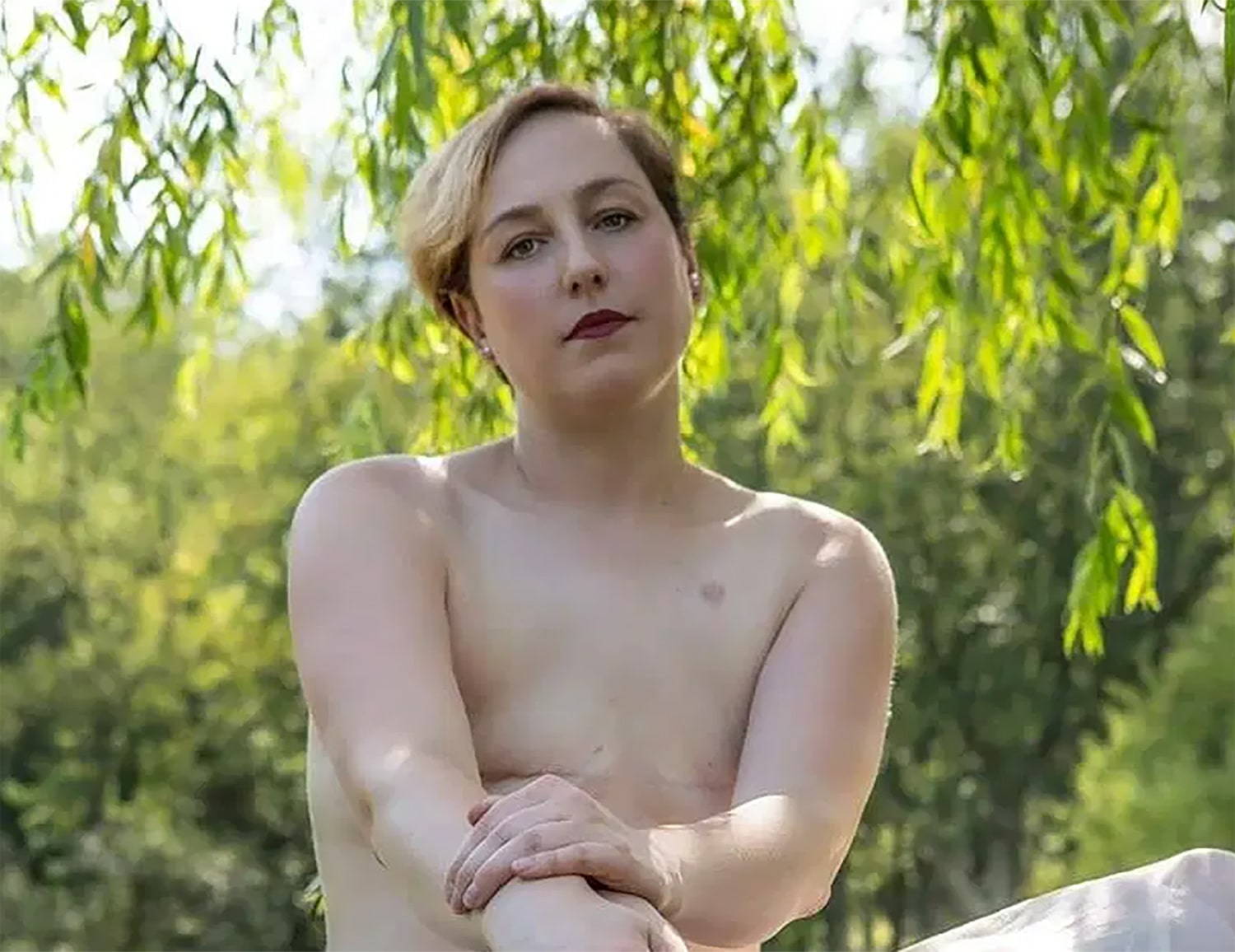BREAST RECONSTRUCTION RATES have increased over the past two decades, thanks to educational campaigns, safer and more aesthetic surgical techniques, and legislation to require that insurers cover procedures. But some patients who are eligible for breast reconstruction do not want it. Organizations like Not Putting on a Shirt (NPOAS) and Flat Closure Now advocate for clearer communication of options and optimal outcomes for people who choose to go flat after mastectomy. This means opting for an “aesthetic flat closure,” a procedure that focuses on rebuilding the chest wall after mastectomy, removing extra skin and tissue to achieve a flat result.
Deanna Attai, a breast surgeon at UCLA Health in Los Angeles, has interacted with these patients and found that many who go flat are satisfied with their decision, contrary to research studies indicating that breast reconstruction after mastectomy improves quality of life across the board.
“The patients seemed very happy, and I saw more and more advocacy groups springing up and more patients putting themselves out there on social media to help other women,” Attai says. “I was not seeing that reflected in the literature.” She notes that most previous studies are based on a survey called BREAST-Q, which is a highly regarded tool for assessing patient satisfaction after breast reconstruction, but not reflective of the experience of patients she has spoken to who actively chose to go flat.
With input from a small group of patient advocates, Attai and a team of colleagues at UCLA, Brown University and University of California, Irvine, developed a 37-question survey that was administered online in October 2019. They received usable responses from 931 people who did not undergo reconstruction after single or double mastectomy, or who had a previous reconstruction removed, usually due to problems with implants.
The study, published in the May 2021 Annals of Surgical Oncology, found that 74.1% of respondents were satisfied with the results of their surgery. The survey also identified participants’ reasons for going flat, with 51.1% answering that reconstruction was not important to their body image and more than 70% wanting to avoid tissue expanders or implants (the most common form of reconstruction). For 34.9% of participants, the lower chance of complications when going flat was one of the top two factors in their decision, given that reconstruction usually entails a series of procedures over time rather than one surgery.
Notably, 22.2% of respondents reported experiencing a “high level” of flat denial, meaning their surgeons did not discuss going flat or did not support it as an option, or they intentionally left extra skin behind in case the patient changed her mind and wanted reconstruction. A high level of flat denial was the strongest predictor of lower patient satisfaction scores following the decision to go flat.
Kim Bowles, founder of NPOAS, was left with extra pockets of skin after a mastectomy in 2017, despite explicitly asking for a flat chest both verbally and by sharing photos of her desired results. She was one of the patient advocates who helped develop Attai’s survey. “There’s been this perception that women who decide against reconstruction don’t care what they look like,” says Bowles. “With reconstruction, we expect close attention to detail by a surgeon. Women going flat deserve the same attention and respect.”
The survey also found that 27% of respondents who opted to go flat reported not being satisfied with the appearance of their chest wall. The greatest predictors of dissatisfaction were having a higher body mass index, going flat on one side, and working with a general surgeon rather than one who specializes in breast surgery.
“This points to the important recipe of patients getting adequate information and communicating with their physicians,” Attai says. “It’s harder to achieve a clean, flat result in larger women in just one surgery. And a surgeon simply might not have the tools in his or her surgical toolkit to achieve an aesthetic flat closure,” she adds, in which case it’s important to partner with a plastic surgeon. She also notes the importance of more training in flat closure for cancer surgeons.
The survey did have some limitations. The respondents represented a relatively small group who were mostly white, had relatively high income and were highly educated. Still, it’s a step forward for people who wish to go flat, says Bowles.
“It’s about making sure what happened to me doesn’t happen again. If my plastic surgeon had read this article, it might have changed his mind,” Bowles says of the findings published in the Annals of Surgical Oncology.
Cancer Today magazine is free to cancer patients, survivors and caregivers who live in the U.S. Subscribe here to receive four issues per year.





